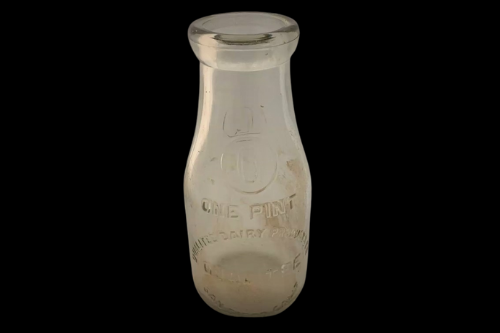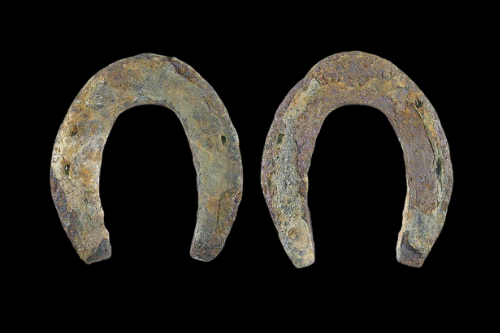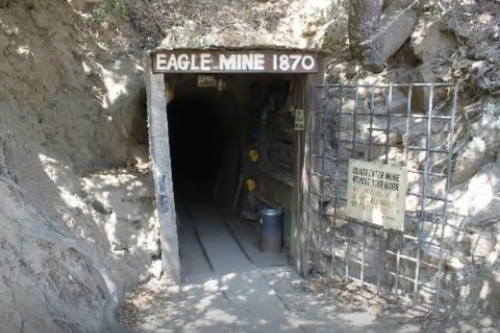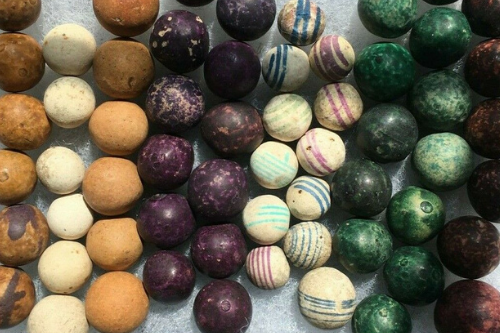
Historic Toy Marbles
Historical archaeology connects places, things, and issues from the past or present using not only what is found during an excavation, but also written records and oral traditions that then help inform and contextualize cultural materials.
During the spring of 2021, Palomar College students in Professor Betsy Pain’s Anthropology 225 class created videos that can be used as comparative or reference collection guide, which are useful for educational and research purposes. This video series highlights different types of historic artifacts for which students compiled research. If you have any questions about these artifacts or topics, please email collections@sandiegoarchaeology.org.
Historic Toy Marbles
By Scottie Loyd, Palomar College student
Summary compiled by Collections Manager Jessica McPheters
American Toy Marbles in the 1920s-30s
The game of marbles is perhaps the most universal and oldest human pastime ever devised. This research covers American toy marbles primarily from the 1920-30s. The purpose of this research project is to give background information and specifically focus on the identification of marbles found in Southern California and San Diego, placing them within a historical context.
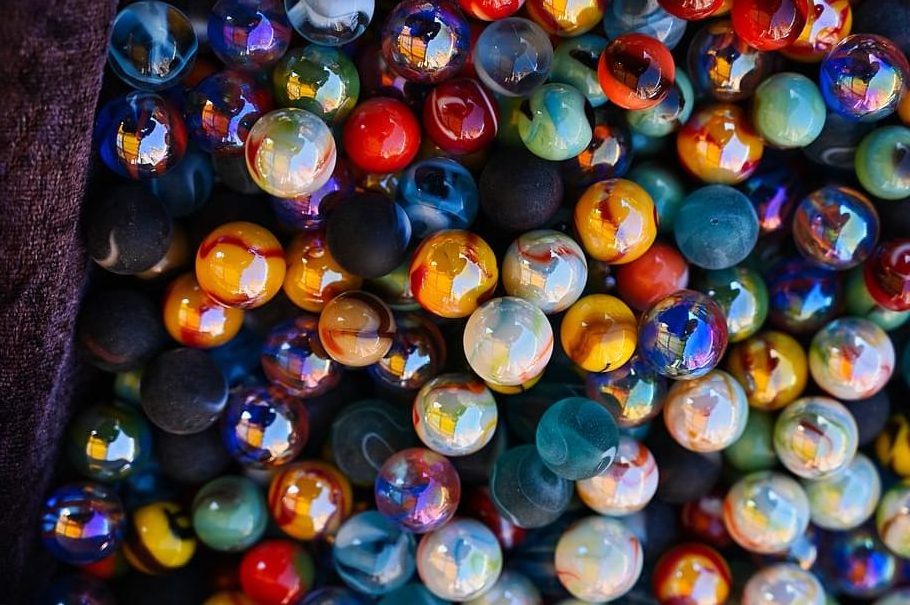 The 1920-30s represents a period of rapid change in both American history and toy marble popularity and production. The “roaring 20s” represents a rise of consumerism, paralleling technical advancements, innovative ideas, and mass advertising – and all these themes are represented in the marble industry during this period.
The 1920-30s represents a period of rapid change in both American history and toy marble popularity and production. The “roaring 20s” represents a rise of consumerism, paralleling technical advancements, innovative ideas, and mass advertising – and all these themes are represented in the marble industry during this period.
Marble production began in America with clay and stone-based materials used in the late nineteeth century. A shift occurred in new manufacturing processes at the turn of the twentieth century. By the 1920s, America dominated the market due to the rise of glass marble popularity and production. This gave way to overnight growth of toy marble companies developing hundreds of new marble types, styles, and designs. Despite the depression of the 1930s and World War II, glass marbles were cheap and easy to make so their production continued to thrive.
Toy Marbles in Southern California
The types of marbles found in San Diego Archaeological Center’s collections span from the transformative period of clay and stone-based marbles to glass marbles. This project reviews six non-glass and five glass basic marble types to help familiarize students and researchers with marbles found locally in Southern California.
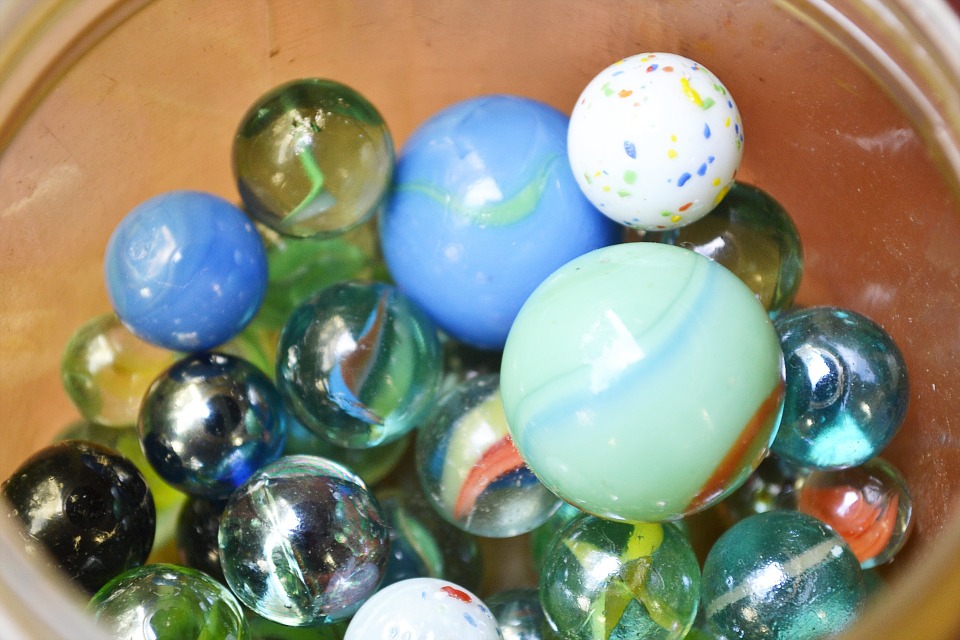
Identification begins with a brief tutorial on differentiating between industrial marbles and toy marbles, especially those that are found in Southern California, followed by the identification markers for clay, crockery, Bennington, stoneware, China, and stone marbles. Although the marble industry began in the East and eventually migrated to California, there was one brief attempt at early marble making by the California Agate Company of Los Angeles during the 1920-30s. One of these kinds of marbles cost 20 cents in 1922 and today recently listed on eBay for $375.
The glass marble types presented are the Slag, Swirl, Logo, Corkscrew, and Sunburst. This research delves into five key companies and their production, innovations, and advertising of marbles, which other companies continue to emulate in present day. Glass marble identification is best done by identifying their type, style, and manufacturer.
An extensive Resource guide follows to further help in identifying marble finds of any era, both glass and non-glass finds.
Toy Marbles in the SDAC Collections
Enjoy this informative video to learn more about toy marbles and their history. Come back next month to learn about historic butchery techniques!


